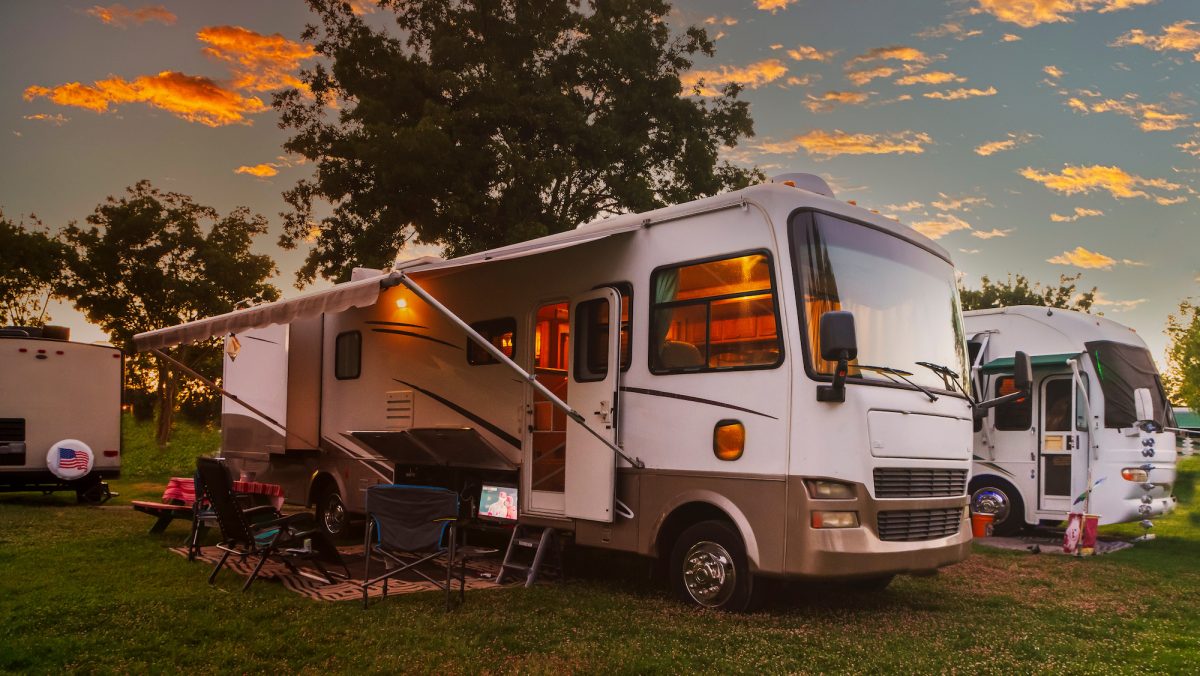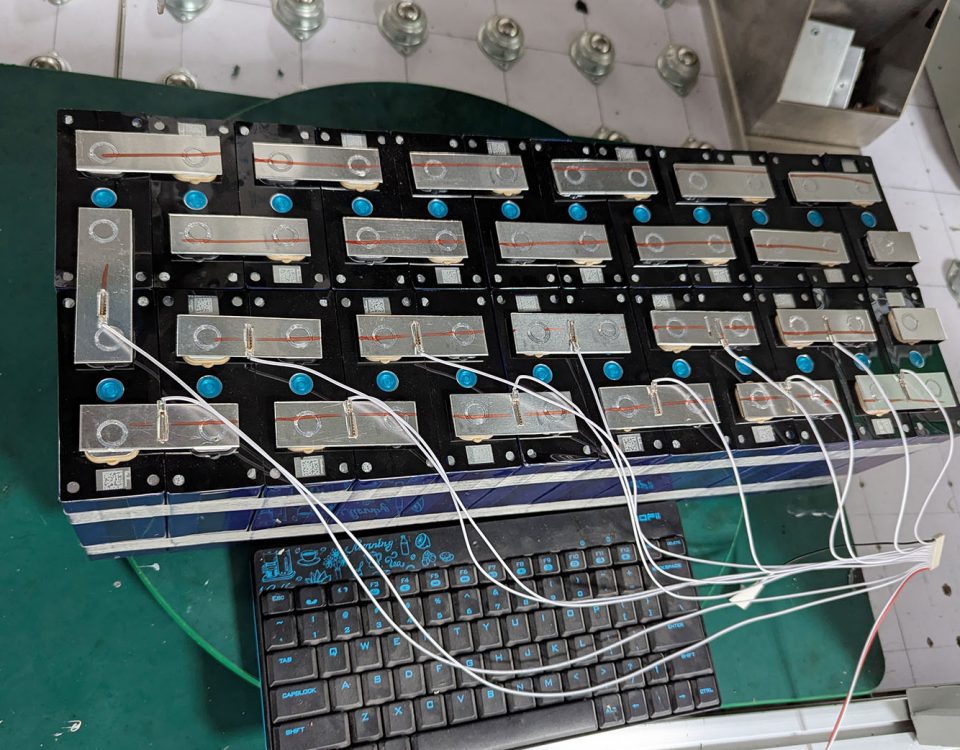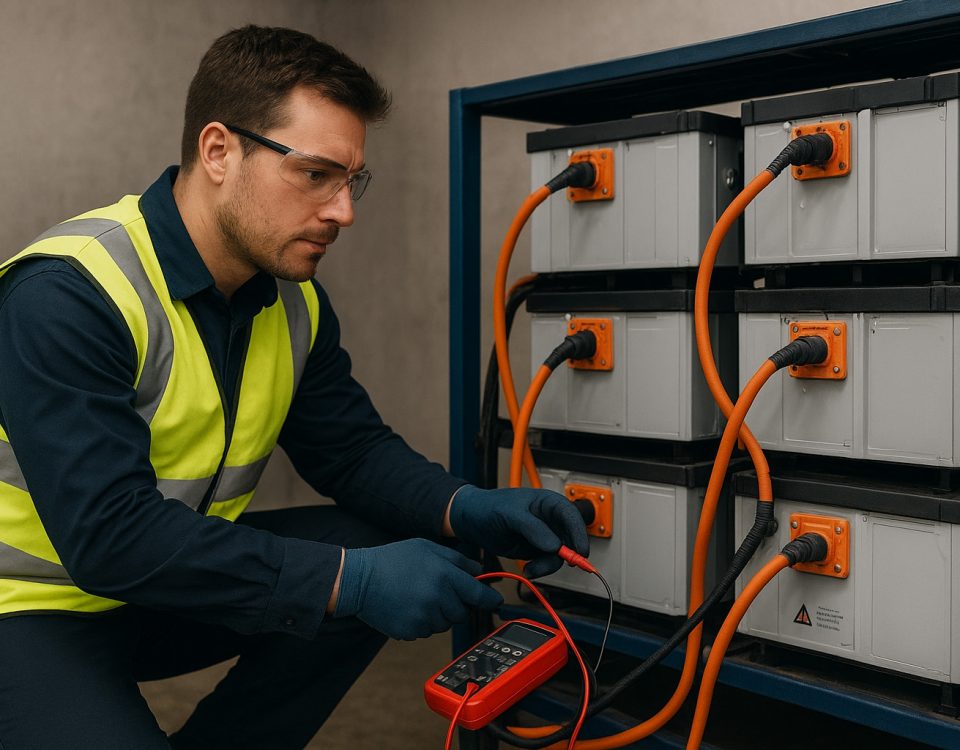Recreational vehicles (RVs) offer a unique sense of freedom and adventure, allowing people to explore the world without sacrificing the comforts of home. However, to fully enjoy the RV lifestyle, reliable power is critical. For decades, lead-acid batteries have been the standard for powering RVs, but advancements in battery technology have brought lithium batteries to the forefront.
Lithium batteries are no longer just for cutting-edge gadgets or electric cars; they’re transforming the RV industry. In this article, we’ll explore why lithium batteries are a game-changer for RV enthusiasts, how they compare to traditional options, and what to consider when upgrading your RV power system.
Why Lithium Batteries Are Perfect for RVs
Lithium-ion batteries are rapidly gaining popularity among RV owners for several compelling reasons:
1. Lightweight and Compact Design
One of the most noticeable advantages of lithium batteries is their lightweight and compact design. A lithium battery typically weighs about half as much as a comparable lead-acid battery. This weight reduction improves fuel efficiency and frees up valuable storage space in your RV. Whether you’re navigating steep inclines or cruising along the open highway, a lighter load makes a significant difference.
2. Longer Lifespan
Lithium batteries can last 5–10 times longer than traditional lead-acid batteries. Most lithium RV batteries are rated for 3,000–5,000 cycles, which translates to 10–15 years of use under normal conditions. This longevity reduces the need for frequent replacements, making lithium batteries a cost-effective investment in the long run.
3. Consistent Power Output
Unlike lead-acid batteries, which lose voltage as they discharge, lithium batteries provide consistent power output until they are almost completely discharged. This means your devices, appliances, and RV systems will operate at full capacity for longer periods without interruptions or voltage drops.
4. Fast Charging
Lithium batteries can recharge significantly faster than their lead-acid counterparts. Some lithium batteries can achieve an 80% charge in just an hour or two, depending on your power source. This feature is particularly valuable for RV owners who rely on solar panels or need to recharge quickly during stops.
5. Deep Discharge Capabilities
Lithium batteries can be safely discharged to 80% or even 100% of their capacity without damaging the battery. Lead-acid batteries, by contrast, can only be discharged to about 50% before risking damage. With lithium batteries, you can use more of the stored energy, which means fewer batteries are needed to meet your power needs.
6. Low Maintenance
Unlike lead-acid batteries, which require regular water top-offs and careful monitoring to prevent sulfation, lithium batteries are virtually maintenance-free. This simplicity allows RVers to focus on enjoying their trips rather than worrying about battery upkeep.
Lithium vs. Lead-Acid: A Side-by-Side Comparison
| Feature | Lithium Batteries | Lead-Acid Batteries |
|---|---|---|
| Weight | 50% lighter | Heavier |
| Lifespan | 3,000–5,000 cycles (10–15 years) | 500–1,000 cycles (3–5 years) |
| Discharge Depth | Up to 100% | 50% |
| Maintenance | None | Regular water checks required |
| Charging Time | 1–2 hours | 6–12 hours |
| Cost (Upfront) | Higher | Lower |
| Cost (Long-Term) | Lower over time | Higher due to replacements |
Key Considerations Before Upgrading to Lithium Batteries
If you’re ready to upgrade your RV’s power system to lithium batteries, here are a few things to keep in mind:
1. Upfront Cost
Lithium batteries come with a higher initial price tag compared to lead-acid batteries. However, their longer lifespan and superior performance often make them a better investment in the long run. Consider the total cost of ownership over 10–15 years rather than just the upfront expense.
2. Compatibility with Your RV System
Ensure your RV’s electrical system is compatible with lithium batteries. Some older RVs may require upgrades to the charging system, inverter, or battery monitoring system to optimize lithium battery performance. Consult your RV’s manual or a professional installer for guidance.
3. Temperature Sensitivity
Lithium batteries perform best within a specific temperature range, typically between 32°F and 113°F. Some lithium batteries include built-in heating systems to enable safe operation in colder climates. If you plan to use your RV in extreme weather conditions, opt for a model designed for temperature resilience.
4. Solar Integration
Lithium batteries pair exceptionally well with solar panel systems. Their fast charging and deep discharge capabilities allow you to make the most of your solar power. If you haven’t already installed solar panels on your RV, consider doing so to create an efficient, eco-friendly power solution.
Is the Investment Worth It?
Upgrading to lithium batteries might seem like a big step, but the benefits far outweigh the costs for most RV owners. From longer trips without worrying about power to reduced maintenance hassles, lithium batteries can revolutionize your RV experience. While the upfront cost is higher, the long-term savings and enhanced convenience make lithium batteries a smart choice for those serious about RVing.
Final Thoughts
Lithium batteries are not just an upgrade; they are a transformative investment in your RV lifestyle. They offer unparalleled reliability, efficiency, and longevity, allowing you to travel farther and more comfortably. As RV technology continues to evolve, lithium batteries are set to become the new standard for powering adventures on the road.
If you’re considering making the switch, now is the perfect time to join the growing number of RV owners who have embraced this cutting-edge technology. With proper planning and the right system, you can enjoy a seamless transition to a more powerful and sustainable RV setup.
Investing in lithium batteries isn’t just about powering your RV; it’s about empowering your journey. Take the leap, and let the road ahead be your only limit.




